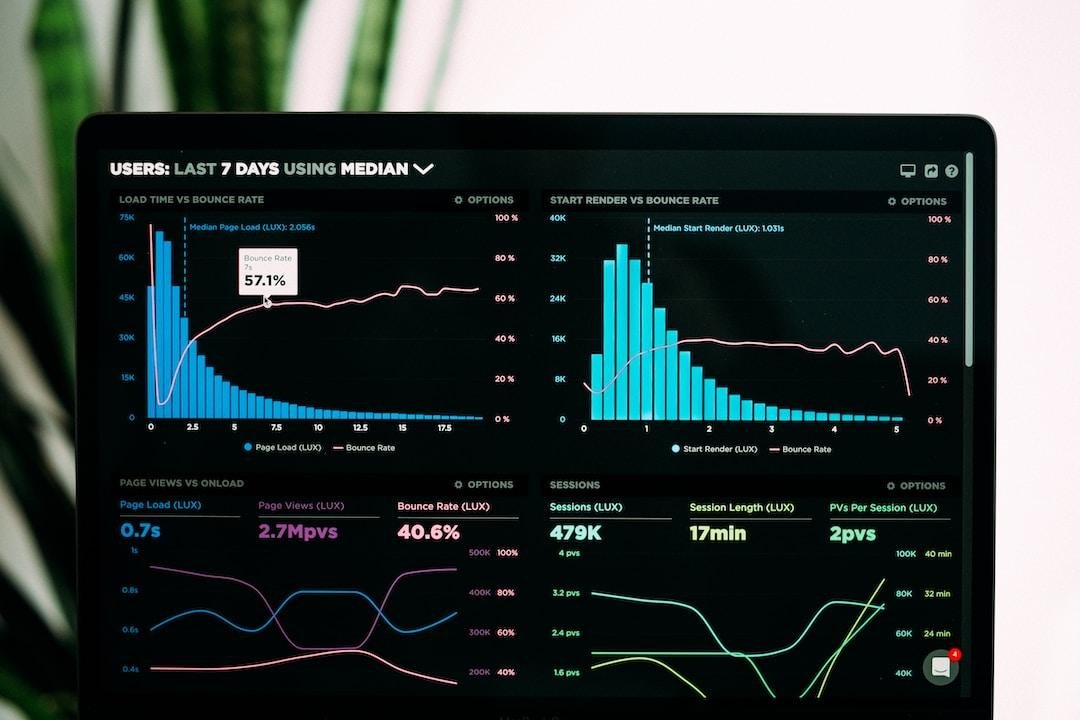In today’s data-driven world, the ability to effectively analyze and interpret data is increasingly important. One of the tools commonly used for data analysis is the histogram, a type of graphical representation that depicts the distribution of numerical data. Keep reading to gain insights into the power of histograms, their applications, and how they can enhance your analytical capabilities.
Understanding the Basics of Histograms
The histogram is a foundational graphic in statistical analysis. At its core, the histogram is a representation of data distribution through a system of bins (intervals) and bars. The bins represent the range of values in the data set, while the bars represent the frequency of occurrences within these ranges. This simple yet powerful visual tool provides valuable perspectives on the data, enabling easy identification of trends, patterns, and anomalies.
Although histograms may appear similar to bar graphs, they differ in a few significant ways. Unlike bar graphs, histograms depict continuous data sets. Each bar in a histogram represents the frequency of data points within a particular range or bin. The height of the bar corresponds to the frequency, meaning that all data within a certain range is grouped together. This ability to group continuous data is what makes histograms particularly useful in data analysis.
Significance of Histograms in Data Analysis

Homogeneity and diversity are key elements in data analysis. Histograms provide a visible picture of data distribution, summarizing complex big data into a meaningful graph. This visual representation allows the viewer to quickly grasp key characteristics such as the range, center, and spread of the data. The ease of interpreting histogram charts has made them an integral part of data analysis in various fields such as business, healthcare, and research.
Furthermore, histograms reveal outliers and identify data skewness. Outliers are data points that significantly deviate from the norm and can often highlight errors, anomalies, or important trends. Recognizing outliers can greatly aid in data-cleaning processes. Skewness refers to the asymmetry in the spread of data, and identifying it can assist in understanding the underlying probabilities of your data set.
Histograms are also helpful in process and quality control. By enabling you to visualize process variation, histograms facilitate the identification and troubleshooting of issues within a process. In businesses, histograms can highlight areas in need of improvement, guiding strategies to enhance quality and efficiency.
Reading and Interpreting Histograms Correctly
Developing the ability to read and interpret histograms correctly is a vital aspect of data analysis. The first step is understanding the axes: the x-axis commonly represents the bins or classes, while the y-axis represents the frequency. The shape of the histogram gives hints about the data’s distribution pattern— it can be symmetrical, right-skewed, left-skewed, or have multiple peaks.
Changes in the height of the bars can indicate significant changes in frequency— an abrupt jump or drop might show an inhomogeneity or anomaly in your data. Additionally, a relatively “flat” histogram might suggest your data is evenly distributed, while a more ‘peaked’ histogram might suggest a concentration of data around a particular value.
Last but not least, always consider the context in which the data is collected and represented. Remember that the same data set can yield different histograms depending on the chosen parameters. Therefore, apply your knowledge of the data, its sources, and its purpose when interpreting histograms.
Overall, the histogram is a powerful data visualization tool in data analytics. It is a simple yet powerful graphical representation that is capable of unveiling rich insights about data distribution. While it may have its limitations, its wide range of applications and its deep integration with other analytical tools make it an essential part of any data analyst’s toolkit.
















